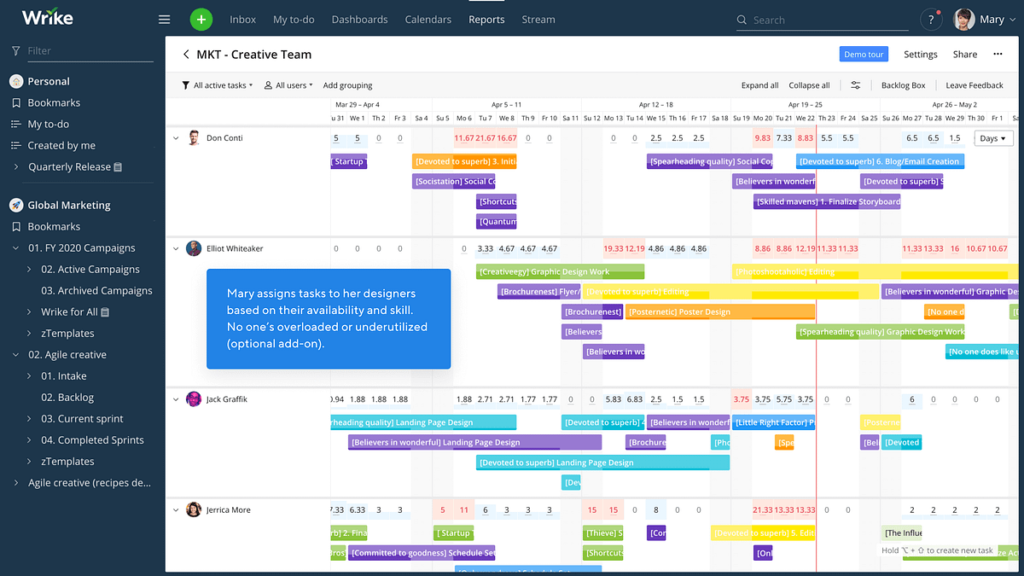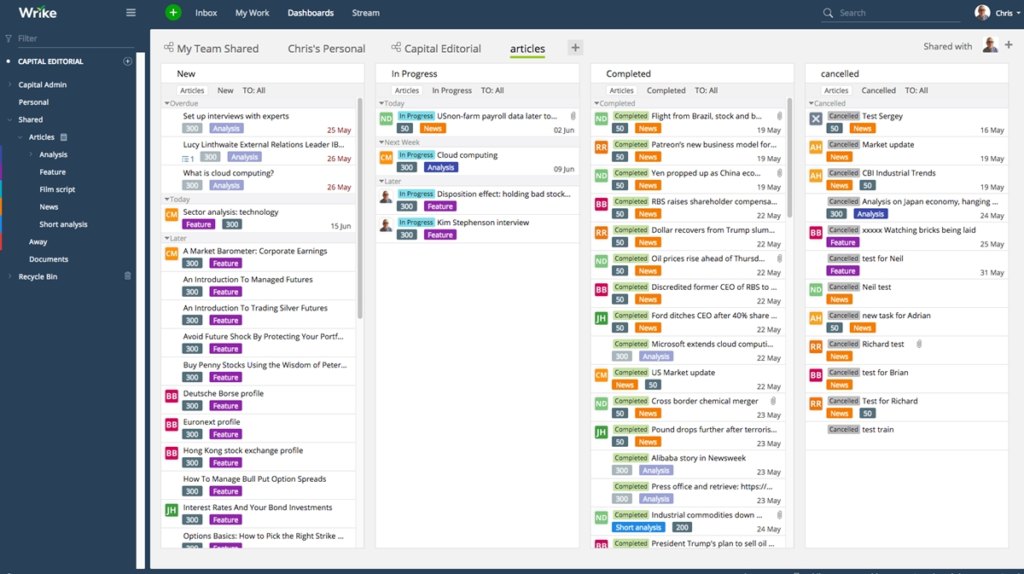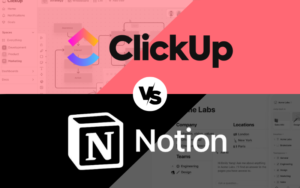Effective project management requires powerful tools, and Wrike is one such tool. Known for its robust features and flexibility, Wrike is popular among teams for managing complex projects. This guide explores Wrike’s features, pricing, and why it might be the perfect fit for your team.
Introduction to Wrike
Wrike is a cloud-based project management and collaboration software that helps teams streamline their workflow. It provides tools for managing projects, tracking progress, and collaborating in real-time.


Wrike’s intuitive interface and versatile features make it suitable for teams of all sizes and industries.
Wrike Pricing Breakdown
Wrike offers various pricing plans to meet different user needs, from individual users to large enterprises. Here’s an overview of each plan:
| Plan | Price | Features |
|---|---|---|
| Free | Free | Up to 5 users, task management, file sharing, basic integrations |
| Professional | $9.80/user/month billed annually | Up to 15 users, Gantt charts, advanced integrations, shareable dashboards |
| Business | $24.80/user/month billed annually | Up to 200 users, custom workflows, real-time reports, time tracking |
| Enterprise | Custom Pricing | Unlimited users, advanced security, compliance, and administrative controls |

Features of Wrike Plans
Free Plan
The Free Plan is ideal for small teams starting with project management. Key features include:
- Task Management: Organize tasks and subtasks efficiently.
- File Sharing: Share files and documents with your team.
- Basic Integrations: Connect Wrike with basic tools like Google Drive and Microsoft Office.
Professional Plan
The Professional Plan offers more advanced features for growing teams. Key features include:
- Gantt Charts: Visualize project timelines and dependencies.
- Advanced Integrations: Integrate with tools like Salesforce and GitHub.
- Shareable Dashboards: Create dashboards to monitor project progress.
Business Plan
The Business Plan is designed for larger teams that need more advanced project management capabilities. Key features include:
- Custom Workflows: Create and manage custom workflows to suit your team’s needs.
- Real-Time Reports: Generate and share real-time reports.
- Time Tracking: Track time spent on tasks and projects.
Enterprise Plan
The Enterprise Plan is suited for large organizations needing enhanced security and administrative controls. Key features include:
- Advanced Security: Ensure data protection with advanced security features.
- Compliance: Meet industry-specific compliance requirements.
- Administrative Controls: Manage user access and permissions with advanced administrative controls.
Wrike vs. Competitors: Pricing and Features
Wrike competes with other project management tools like Asana, Trello, and Monday.com. Here’s a quick comparison:
| Tool | Price | Key Features |
|---|---|---|
| Wrike | $24.80/user/month (Business) | Custom workflows, real-time reports, time tracking |
| Asana | $10.99/user/month (Premium) | Timeline view, reporting, custom fields, task dependencies |
| Trello | $10/user/month (Premium) | Timeline view, dashboard view, calendar view, unlimited automation |
| Monday.com | $10/seat/month (Standard) | Timeline & Gantt views, automations, integrations, calendar view |


Maximizing Value with Wrike
Wrike offers great value across its different plans. The Free plan is suitable for small teams, while the Professional and Business plans provide advanced features for growing teams. The Enterprise plan offers comprehensive tools for large organizations.
Why Users Love Wrike
Users appreciate Wrike’s flexibility, robust features, and real-time collaboration tools. The ability to create custom workflows, generate real-time reports, and integrate with other tools are frequently highlighted as major benefits.
Additional Costs to Consider
While Wrike offers robust features, there are some additional costs to consider:
- Integrations: Some third-party integrations may require additional subscriptions.
- Storage: Depending on your plan, you may need additional storage solutions for large datasets.

Tips for Getting the Most Out of Wrike
To maximize the benefits of Wrike, explore its features and integrations fully. Here are some tips:
- Leverage Integrations: Wrike offers numerous integrations with tools like Slack, Google Drive, and Microsoft Teams.
- Utilize Templates: Wrike provides a wide range of templates to help you get started quickly.
- Customize Your Workflows: Use different views, custom fields, and automations to tailor Wrike to your needs.
- Regularly Review and Update: Keep your workspace and workflows updated to ensure they continue to meet your team’s needs.

Success Stories: Teams Thriving with Wrike
Many teams across different industries rely on Wrike to manage their projects. Here are a few examples:
- Marketing Teams: Use Wrike to plan and execute marketing campaigns, track progress, and collaborate with team members.
- Product Development: Manage product roadmaps, track development progress, and coordinate between different departments.
- Sales Teams: Keep track of sales pipelines, manage customer relationships, and collaborate on sales strategies.

Before You Sign Up: Is Wrike Worth It?
In conclusion, Wrike is a versatile project management tool that offers a range of features to help teams stay organized and productive. Its pricing plans cater to various needs, making it a flexible choice for individuals, small teams, and large organizations alike.
If you’re ready to streamline your project management and boost your team’s productivity, sign up for Wrike today.





